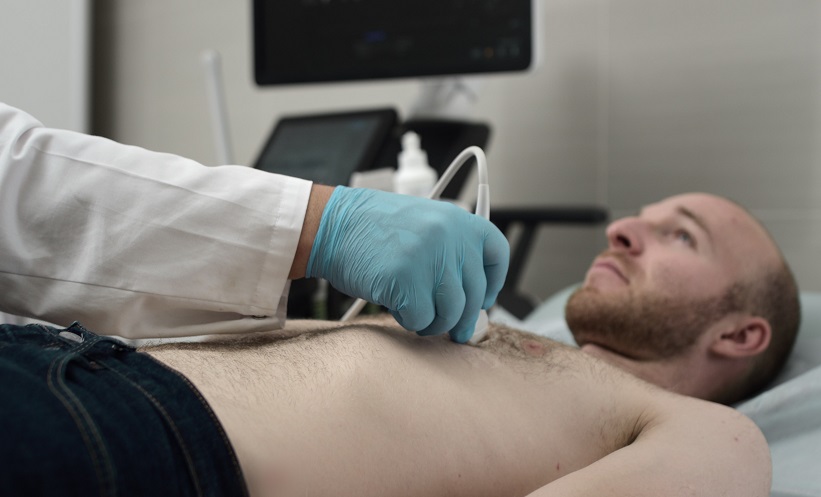EARLY lung ultrasonography scores (LUS) have been linked to future respiratory complications in preterm infants. Conducted between September 2019 and November 2022, the research highlights the potential of LUS as a predictive tool for respiratory outcomes in infants born before 30 weeks’ gestation. Preterm birth and bronchopulmonary dysplasia (BPD) often lead to poor respiratory outcomes and frequent exacerbations. The study aimed to explore whether LUS, assessed within the first 14 days of life (DOL), could predict respiratory problems at two years of corrected age.
A total of 51 preterm infants were enrolled, with a mean gestational age of 27.3 weeks and a mean birth weight of 947 grams. The researchers, led by a team from the University of Padua, measured LUS on DOL 3, 7, and 14 and followed the infants’ respiratory health for two years. Data on respiratory exacerbations, physician-diagnosed wheezing episodes, and respiratory medication use were collected, alongside validated respiratory morbidity scores.
Results indicated that infants who required respiratory medications or hospitalisations in the first two years had significantly higher median LUS at DOL 3, 7, and 14 compared to those who did not. Specifically, infants needing respiratory drugs showed higher LUS on DOL 3 (median LUS 6 vs. 1; P = .02), DOL 7 (median LUS 5 vs. 0; P < .001), and DOL 14 (median LUS 6 vs. 1; P < .001). For those requiring hospitalization, LUS was higher at all measured points, particularly at DOL 7 (median LUS 10 vs. 1; P < .001). Additionally, the study found that LUS correlated with the number of respiratory exacerbations requiring medication or hospitalisation and the overall respiratory morbidity score. These correlations remained significant even after adjusting for gestational age.
Overall, the findings suggest that higher LUS within the first two weeks of life can be a risk factor for more frequent and severe respiratory episodes in preterm infants. The researchers noted that while DOL 3 LUS might be influenced by other conditions, such as respiratory distress syndrome, LUS at DOL 7 and 14 showed stronger predictive value for long-term respiratory outcomes. Despite the study’s small sample size and the inclusion of infants born at 28 to 29 weeks’ gestation, the results underscore the potential of LUS as a valuable tool for early identification of infants at risk for respiratory complications. Further research with larger cohorts is needed to refine the predictive accuracy and establish the ideal timing for LUS assessments.
Abigail Craig, EMJ, London, UK
Reference
Bonadies L et al. Lung ultrasonography scores in preterm infants and respiratory outcomes at age 2 years. JAMA Netw Open. 2024;7(6):e2415513.







